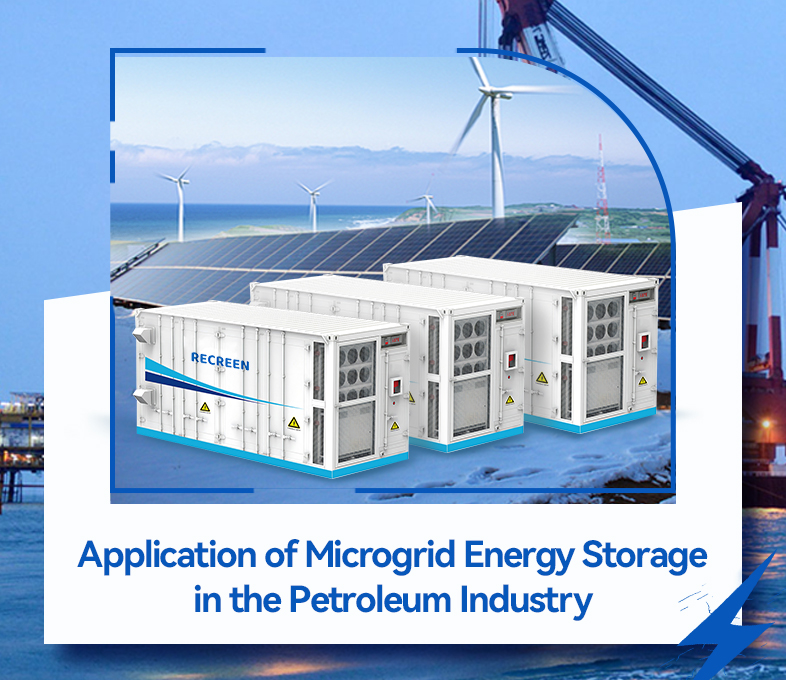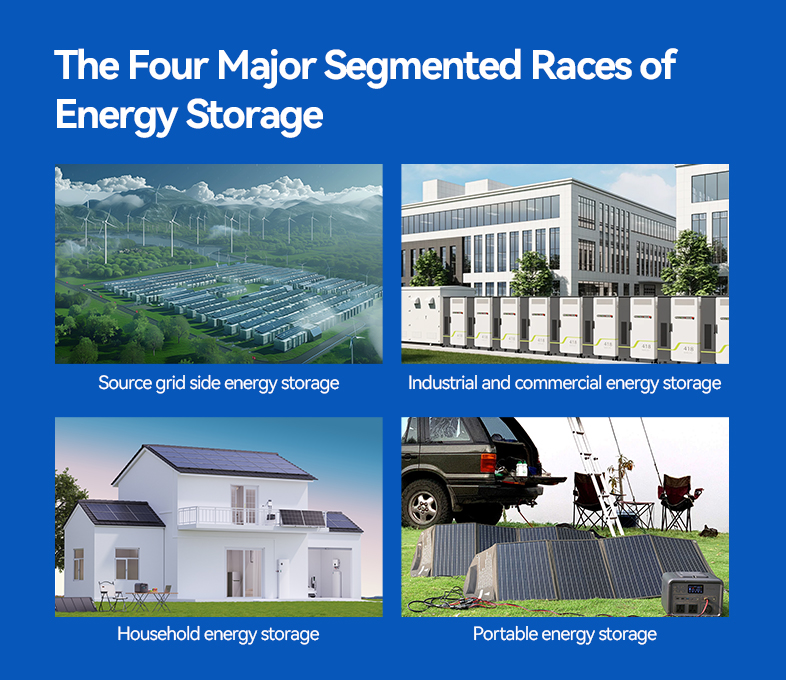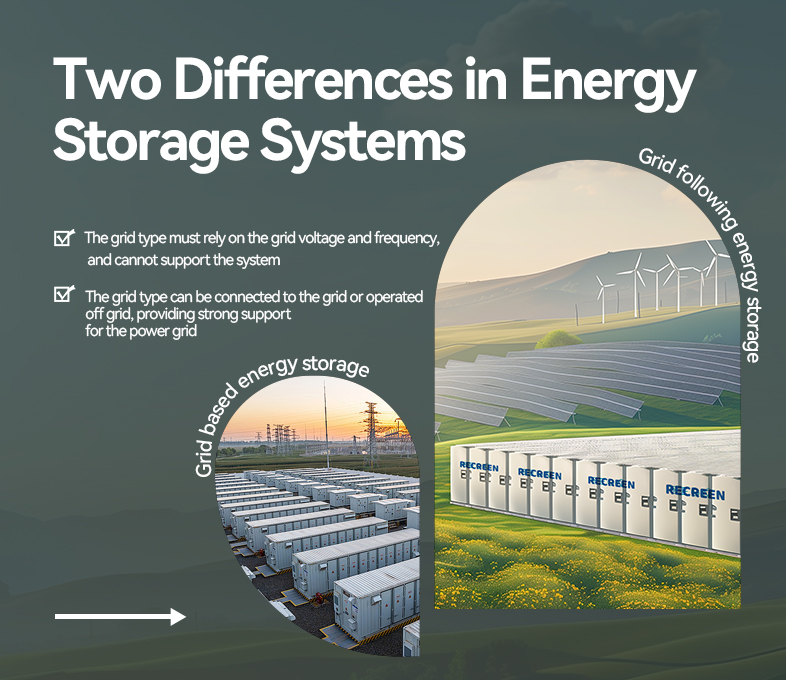Understanding Grid Challenges Through Real-Life Energy Scenarios
Picture a scorching summer: air conditioners running at full blast, factories operating at peak capacity, and cities hitting record-breaking electricity demand. In these moments, traditional power grids often struggle to keep up, resorting to high-cost coal-fired plants for peak shaving—or worse, enforcing rolling blackouts that disrupt businesses and daily life.
So how can we optimize the use of distributed energy resources without building new power plants? This is where the Virtual Power Plant (VPP) steps in—a digital solution designed to address the supply-demand imbalance with precision and flexibility.
01. What Is a Virtual Power Plant?
On July 24, 2024, China released its first national standard for virtual power plants, GB/T 44241-2024, led by the Zhejiang Electric Power Dispatching and Control Center. According to this standard, a VPP is defined as:
“A system that integrates distributed energy resources (DERs) such as solar PV, battery storage, and flexible loads using advanced ICT, smart metering, and optimization control technologies. The system can respond to grid needs, participate in electricity markets, and operate under grid dispatch.”
Think of a virtual power plant as the “Uber of electricity.” Instead of building physical power stations, it digitally connects and aggregates a wide range of decentralized resources—like household air conditioners, factory batteries, rooftop solar panels, and EV chargers—into a single, cloud-based, dispatchable power entity.
02. What Can a VPP Do?
While a VPP doesn’t generate electricity itself, it leverages technology to pool underutilized power assets into a smart, revenue-generating “energy manager.” Here’s what it enables:
-
Arbitrage through Charge-Discharge Optimization
Buy low, sell high: store energy when prices are low, release it when prices spike. -
Unlock the Value of Small-Scale Resources
Aggregate fragmented assets—like rooftop solar, small batteries, and EVs—into a scalable, dispatchable power source. -
Act as the Grid’s First Responder
Provide fast-frequency regulation and reserve support, reacting within milliseconds to grid signals—replacing slow-reacting coal plants. -
Stabilize Grid Fluctuations
Smooth out intermittent output from renewables (wind/solar) and reduce the need for backup capacity. -
Support Carbon Goals
Increase renewable energy consumption and help companies track and reduce their carbon footprints with green energy aggregation.
03. How Does a Virtual Power Plant Work?
-
Resource Aggregation
IoT-enabled systems connect distributed PV, battery storage, and flexible loads (e.g., HVAC, interruptible production lines). -
Smart Optimization
AI algorithms analyze electricity price trends, weather forecasts, and user behavior to generate optimal control strategies. -
Precise Dispatching
Automatically adjust loads or battery activity in real time to balance grid peaks and troughs. -
Market Participation
Engage in spot or ancillary services markets to earn revenue from frequency regulation or peak shaving.
04. Key Components of a VPP
-
Dispatchable Resources
Must aggregate at least one of: distributed PV, storage, or industrial loads; total capacity must meet local market entry thresholds. -
Grid Agreements & Digital Platforms
Sign interconnection agreements and deploy a platform capable of forecasting, optimization, and control. -
Time-of-Use Metering
Install smart meters capable of minute-level data collection and transmission for market settlement. -
Remote Control Technology
Equip with remote devices—smart thermostats, battery controllers—to enable real-time response. -
Regulatory Compliance
Complete market registration and meet technical and qualification requirements defined in electricity market regulations.
05. How to Register as a VPP Operator?
-
Account Setup
Register an account on the provincial power trading platform, similar to opening an online store. -
Onboard Resources
Partner with factories and commercial sites: “Turn down machines without disrupting production and earn rewards.” Install smart meters and controllers for users (free or revenue-share model). -
System Integration
Link your software with the grid’s platform. Test remote load control and battery dispatch capabilities. -
Start Earning
When the grid sends a task (e.g., reduce load at 8 PM tomorrow), assign it to your users and share the profit after execution.




